Introduction
Tea cakes, also known as compressed tea or brick tea, are a traditional form of tea preparation that originated in China and has since spread to other tea-producing regions such as Tibet, Mongolia, and parts of Southeast Asia. These cakes are made by compressing loose tea leaves into a solid form, which aids in preservation, transportation, and aging. Breaking and serving a tea cake can be an art form, requiring both skill and patience. This guide aims to provide a comprehensive understanding of how to properly break a tea cake, ensuring that you maximize both the flavor and the aesthetic experience of your tea.
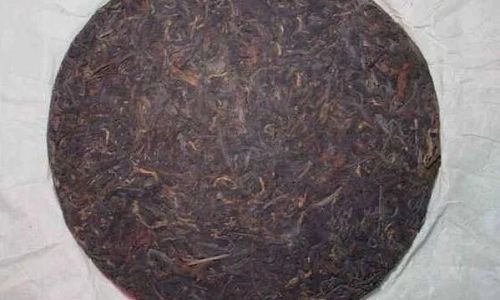
Understanding Tea Cakes
Before diving into the process of breaking a tea cake, it’s essential to understand its composition and the factors that influence its structure. Tea cakes are typically made from various types of tea leaves, including pu-erh, oolong, and black tea. The leaves are carefully selected, processed, and then compressed into a cake using steam and pressure. The compression process not only preserves the tea but also facilitates aging, as it creates an environment conducive to microbial activity and oxidation.
The quality of the tea cake can vary greatly depending on the origin of the leaves, the processing method, and the age of the tea. Older tea cakes, especially those made from pu-erh tea, are highly valued for their unique flavors and aromas that develop over time.
Tools Required
Breaking a tea cake requires specific tools to ensure that the process is both efficient and enjoyable. Here are the essential tools you’ll need:
-
Tea Knife or Tea Pick: This is the primary tool used for breaking tea cakes. It has a sharp, pointed end that allows you to pierce the cake and a flat blade for slicing.
-
Tea Needle: Similar to a tea knife but smaller and more delicate, a tea needle is ideal for accessing harder-to-reach areas of the cake.
-
Tea Tweezers: These are useful for handling the broken tea leaves, especially when working with smaller pieces.
-
Tea Tray or Plate: A flat, stable surface to place the tea cake and collect the broken pieces.
-
Tea Bag or Infuser: Depending on your brewing method, you may need a tea bag or infuser to hold the leaves during steeping.
-
Clean Cloth or Paper Towel: For wiping off any excess tea dust or debris.
Preparing the Tea Cake
Before breaking into the tea cake, it’s important to prepare it properly. Here are some steps to follow:
-
Inspection: Examine the tea cake closely. Look for any signs of mold, insects, or other contaminants. A well-preserved tea cake should have a uniform color and texture.
-
Location: Choose a clean, dry, and well-ventilated area to work. Avoid areas with strong odors or high humidity, which can affect the taste of the tea.
-
Warming the Cake: Some tea enthusiasts recommend warming the tea cake slightly before breaking it. This can be done by placing it in a sealed container with a few desiccant packets and leaving it in a warm, sunny spot for a few hours. Warming the cake can make it easier to break and release its aroma.
Breaking the Tea Cake
Now that you’ve prepared the tea cake, it’s time to break it into smaller pieces. Here’s a step-by-step guide:
-
Finding the Entry Point: Locate a suitable area on the cake to begin breaking. It’s often best to start at the edge or a corner, as these areas tend to be less compressed and easier to pierce.
-
Piercing the Cake: Use the sharp end of the tea knife to pierce the cake. Apply gentle pressure and twist the knife slightly to create a small hole. Avoid using excessive force, as this can cause the cake to crack unevenly.
-
Expanding the Hole: Once you’ve created an initial hole, continue to use the knife to expand it. Work in a circular motion, gradually increasing the size of the hole until you’ve created a small, manageable piece.
-
Removing the Piece: Carefully lift the piece out of the cake using the knife or tweezers. If the piece is stuck, gently tap the knife against the edge of the cake to loosen it.
-
Repeating the Process: Continue breaking the cake in the same manner, working from the outer edges towards the center. Try to create evenly sized pieces to ensure consistent brewing.
-
Handling Dust and Fragments: As you break the cake, you’ll likely encounter some fine tea dust and smaller fragments. These can be collected and used for brewing, but it’s important to remove any larger pieces of debris or foreign matter.
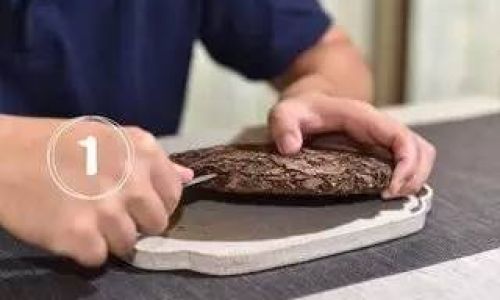
Storing Broken Tea Leaves
Once you’ve broken the tea cake into smaller pieces, you’ll need to store them properly to maintain their freshness and flavor. Here are some tips for storage:
-
Airtight Container: Store the broken tea leaves in an airtight container to prevent oxidation and moisture from affecting the tea. Glass jars or stainless steel containers with tight-fitting lids are ideal.
-
Dark, Cool Place: Keep the container in a dark, cool place away from direct sunlight and heat sources. This will help preserve the tea’s aroma and flavor.
-
Avoid Odors: Tea leaves are highly absorbent and can easily pick up odors from their surroundings. Store the tea in a dedicated container and avoid storing it near strongly scented items.
-
Label and Date: Label the container with the type of tea and the date it was broken. This will help you keep track of your inventory and ensure that you use older tea first.
Brewing the Tea
Now that you’ve properly broken and stored the tea leaves, it’s time to brew and enjoy your tea. Here are some tips for brewing tea from broken tea cakes:
-
Water Quality: Use high-quality water for brewing. Filtered or bottled water is often best, as it lacks impurities that can affect the taste of the tea.
-
Water Temperature: The ideal water temperature depends on the type of tea. Pu-erh and black teas generally require boiling water, while oolong teas may benefit from slightly cooler water.
-
Leaf-to-Water Ratio: The ratio of tea leaves to water will affect the strength and flavor of your tea. As a general guideline, use about 3-5 grams of tea leaves per 8 ounces of water.
-
Steeping Time: The length of time you steep the tea will also impact its flavor. Start with a shorter steeping time and gradually increase it until you find the desired strength.
-
Multiple Infusions: Many types of tea, especially pu-erh and oolong, can be infused multiple times. Adjust the steeping time for each subsequent infusion to maintain consistent flavor.
Conclusion
Breaking and serving tea cakes is a rewarding experience that combines skill, patience, and an appreciation for the art of tea. By following the steps outlined in this guide, you can ensure that you maximize both the flavor and the aesthetic experience of your tea. Remember, the key to successful tea cake breaking is to take your time, work carefully, and enjoy the process. With practice, you’ll develop your own techniques and preferences, making each tea session a unique and memorable experience.
Further Exploration
While this guide provides a comprehensive overview of how to break and serve tea cakes, there’s always more to learn. Consider exploring the following topics to deepen your understanding of tea culture and appreciation:
-
Types of Tea Cakes: Learn about the different types of tea cakes available, including those made from pu-erh, oolong, and black tea. Each type has its own unique flavors and characteristics.
-
Aging and Storage: Understand the process of aging tea cakes and how proper storage can enhance their flavor over time. Learn about the different stages of aging and how to identify well-aged tea.
-
Brewing Techniques: Experiment with different brewing techniques, such as gongfu cha (Chinese tea ceremony) or Western-style brewing. Each method offers a unique way to experience the flavors and aromas of tea.
-
Tea Accessories: Explore the world of tea accessories, including teapots, gaiwans, infusers, and more. These tools can enhance your tea experience and make brewing a more enjoyable process.
-
Tea Ceremonies and Rituals: Learn about traditional tea ceremonies and rituals from around the world. These practices often combine tea with meditation, art, and culture, creating a holistic experience that goes beyond the taste of the tea itself.
By continuing to explore and learn, you’ll discover new ways to appreciate and enjoy the world of tea cakes. Whether you’re a seasoned tea enthusiast or a newcomer to the world of compressed tea, there’s always something new to discover and enjoy.
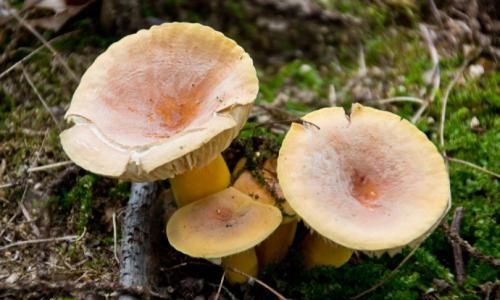
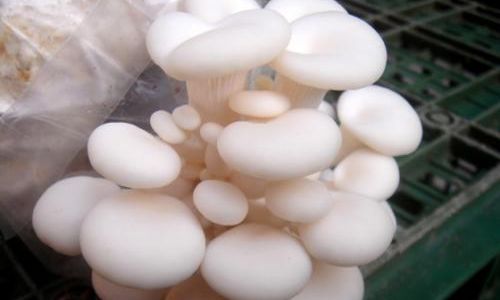
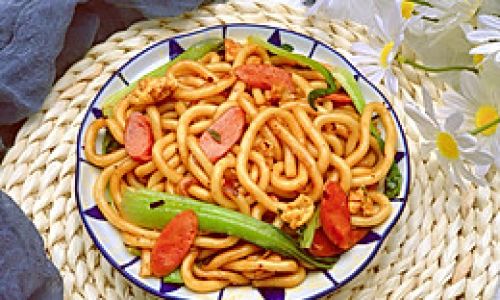
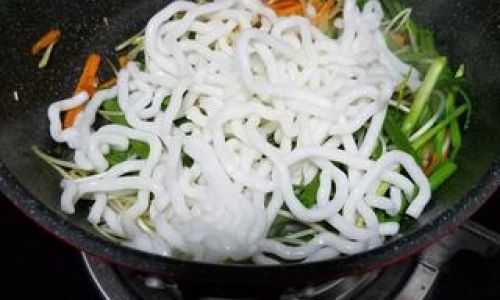
0 comments